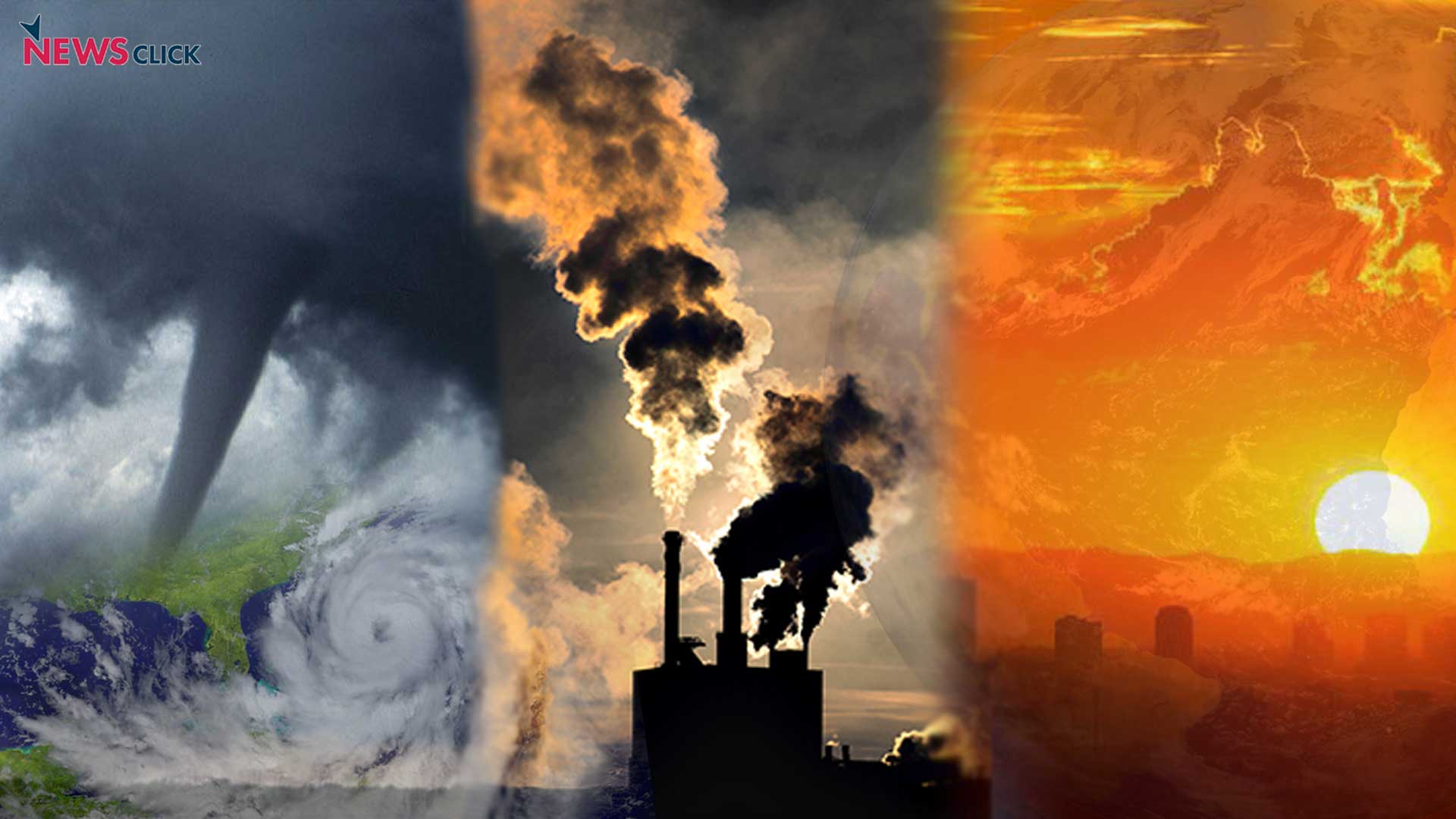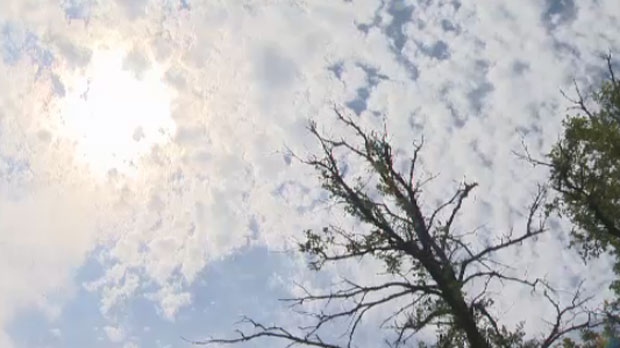By Maya K Gislason, Assistant Professor, Faculty of Health Sciences, Simon Fraser University and Angel M Kennedy, PhD Student, Faculty of Health Sciences, Simon Fraser University Vancouver, January 30 (The Conversation) Children and Youth know that climate change is altering lives, environmental patterns and futures.
Human-induced climate change is altering the intensity of the likelihood of extreme weather and has contributed to a sharp increase in disasters over the past 20 years, creating significant personal and economic costs.
In 2021, many people across Canada experienced the effects of weather events related to climate change, including devastating floods, landslides, heat domes, wildfires, melting permafrost and hurricanes.
We reviewed existing research on understanding climate change related to youth and children and their mental health. Our goal is to learn how best to equip young people to deal with climate change and envision their future in the face of multiple social challenges.
While the effects of climate change are undeniable in global communities, these effects also disproportionately impact people who experience social, structural and systemic inequality and marginalization.
Our first research results identified the importance of going beyond traditional curricular approaches in schools.
We hope to help develop innovative ways to teach children and young people about climate change in a way that is trauma-informed and seeks to build resilience in children and young people. This includes the link between scientific approaches and arts-based methods.
We have also begun a process of interviewing BC educators and reviewing the province’s curriculum to assess how BC fares with respect to best practices in education. to climate change and what could be improved.
Issue of intergenerational justice Climate change is an issue of social and intergenerational justice that disproportionately affects children and young people, who have inherited the problem.
Youth and children also have unique climate adaptation, mitigation and recovery needs, given the effects climate-related disasters can have on their lives.
Children also want to be actively and meaningfully engaged in climate change responses, but often they don’t get the chance – and when they do, their efforts can go unnoticed.
When young people perceive that adults are not taking substantial action on climate change and their voices are not heard, these experiences can contribute to young people losing hope for their future.
This is especially the case in a media-saturated world where reminders of climate disasters, as well as misinformation, permeate the news, social media and the social environment around them.
The impacts of climate change, and the reaction of young people and children to them, are a constant reminder to educators, parents or guardians, regional planners and health providers that climate change is an urgent issue requiring immediate attention.
How we communicate about climate change and imagine possible social responses to this common crisis has a lasting effect on children and young people today.
Need for ‘founded hope’ For their development and well-being, children need information that both acknowledges the very troubling realities we face, but also prepares them to act to change that future.
Drawing on the thinking of psychologist Lee Daniel Kravetz, we think this could be called offering “founded hope” – a way of seeing based on a realistic understanding of circumstances, while cultivating hope by building trust in our ability to play a role in shaping outcomes .
With respect to climate change, this approach would encourage young people to learn to identify and connect with the strengths and assets of their communities and to develop tools to envision and build sustainable solutions.
This agency can counter the despair that comes from the climate crisis. An important way to foster this agency is to link scientific approaches to arts-based methods.
For children and young people, art is not only a powerful and accessible way to communicate about how climate change is affecting their lives and their sense of the future, but also a creative way to develop new metaphors. , stories and design principles to build a brighter future.
Responses to climate change Young people have varied reactions to the effects of the climate crisis on their future.
These reactions include stress or anxiety-related reactions that negatively affect sleep, ability to concentrate, and relationships; feeling like the future is out of their hands, reducing the priority given to planning for the future (such as considering further education) or committing to taking action to address climate change.
Educators play an important role in helping young people and children manage their stress about the future and connect with each other with kindness and compassion. Paying attention to both is essential when the going gets tough.
Trauma-informed approaches Beyond stress, some children and young people find the effects of climate change to be traumatic.
The Manitoba Trauma Clearinghouse defines trauma as “a single experience, or repeated or multiple lingering experiences, that completely overwhelm the individual’s ability to cope with or integrate the ideas and emotions involved in that experience “. Research shows that when talking to young people about climate change, a trauma-informed practice that builds resilience is helpful.
A BC Ministry of Education document proposing key principles and strategies for promoting mental health in schools notes that adopting a trauma-informed perspective means “integrating an understanding of past and current experiences of trauma in all aspects of school life. From curriculum guidelines to pedagogical approaches, schools must seek to operate within the historically and culturally specific ways in which students are vulnerable to both climate trauma and other forms of trauma resulting from intersecting forms of injustice and marginalization.
Life chances The COVID-19 pandemic has highlighted how severe and sustained changes in the social world of children, through prolonged periods of social distancing and school closures, for example, can impair development children, educational prospects and life chances – people risk having to “share the socially created economic or cultural ‘goods’…in a given society”, as sociologist Anthony Giddens puts it.
Extreme weather events create the possibility of similar personal and social upheavals, as well as significant impacts on the natural environment, communities and built infrastructure.
However, involving children in meaningful ways (in an age- and stage-appropriate manner) in change can foster feelings of agency and resilience in an age of climate crisis.
We look forward to continuing to understand the specific ways that educators, parents, and role models are teaching about climate change in ways that build resilience, and what insights this can provide for future directions in climate change education. (The Conversation) CPS
(This story has not been edited by the Devdiscourse team and is auto-generated from a syndicated feed.)




